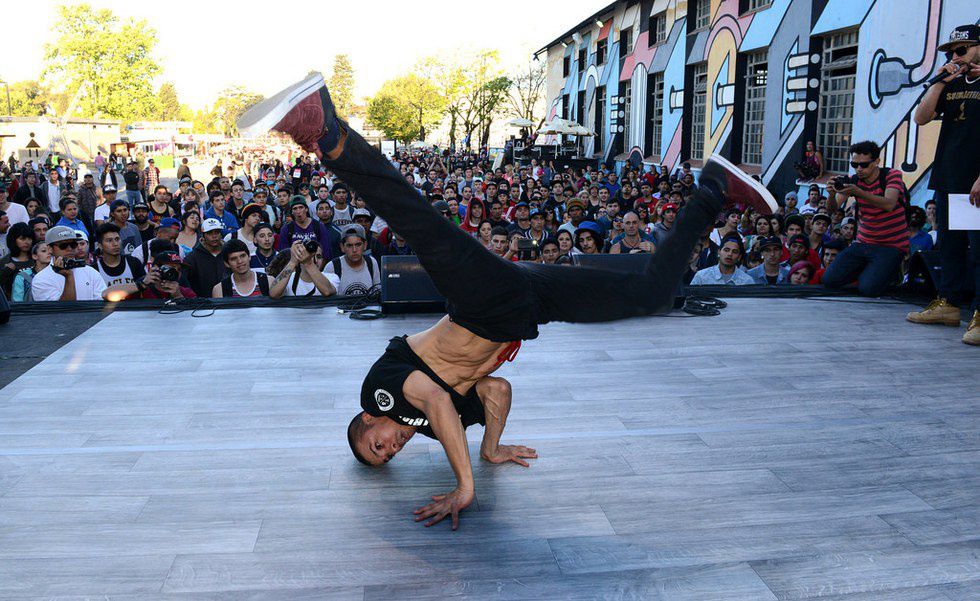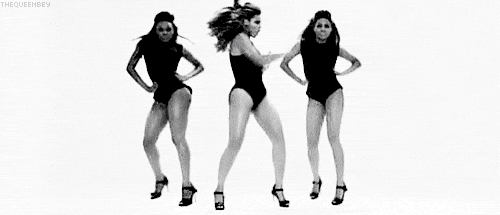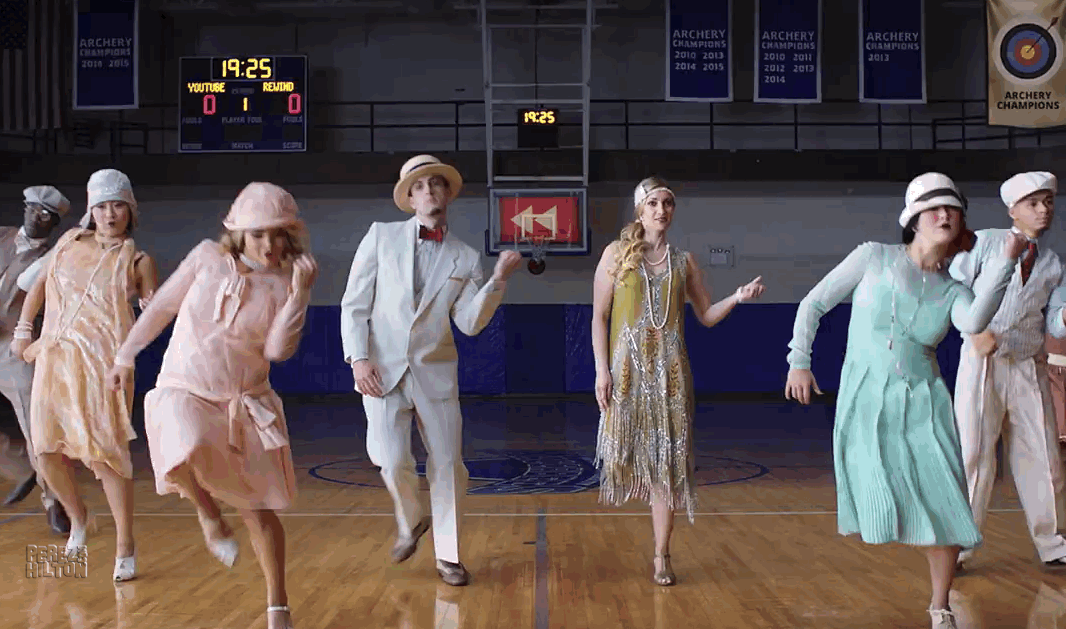Culture, music, art and politics are a couple of things that make up significant points in our history. Trends and values that contribute to these shifts in social and cultural expressions are constantly evolving, and that evolution has brought us many extraordinary memories within our families and friends. Dance is one such form that has provided an important role throughout communities within time.
From ballet, to ballroom, to jazz, to the cha-cha, to world-wide dance crazes, dance has emerged into a multitude of subsets of popular dances which have kept us entertained for many years currently, and will be a big part of our lives for many years to come. Without further ado, here are the most prominent dances which have represented the past two decades:
1990-1999
Technological and scientific innovation was at its peak during this period of time, and with that came innovation infiltrating every aspect of daily life, including music and dance. Electrical sounds mixed with pop sounds to influence dance scenes and hip hop music had tremendous appeal making it highly profitable in ads, music videos, and movies. Dances like the Roger Rabbit, Cabbage Patch, and more intricate choreography were endorsed by stars like Britney Spears and Madonna, and overall the pop world dominated at the time.

2000-2009
The new millennium brought with it a faster way to communicate and connect with people. It introduced the World Wide Web along with YouTube which both changed the way people could view media and listen to music. YouTube became a successful platform to share music and video, and it encouraged different forms of dance such as flash mobs to be introduced as well as the cupid shuffle, the cotton eye joe, and popular dances taken from music videos such as Beyonce's Single Ladies, Soulja Boy, and the Jerk.
2010-Present
Since the beginning of the newest decade, YouTube has been the greatest foundations for dance to really take off. People around the world have been able to post videos of themselves doing popular dances which makes the dance style even more popular. Gangnam Style and LMFAO's Party Rock gained popularity by gaining millions of views on YouTube and a lot of dances such as the Dougie, Harlem Shake, Twerking, Whip/Nae-Nae and the current resurrection of the Running Man have resulted in popular dance styles being brought back to be enjoyed by young and old audiences. Viral internet videos have given them a new life and have provided them a new way to be enjoyed around the world. With the internet helping dance crazes become so popular, will older dances define what dance is in the future or will it progress into newer genres?























